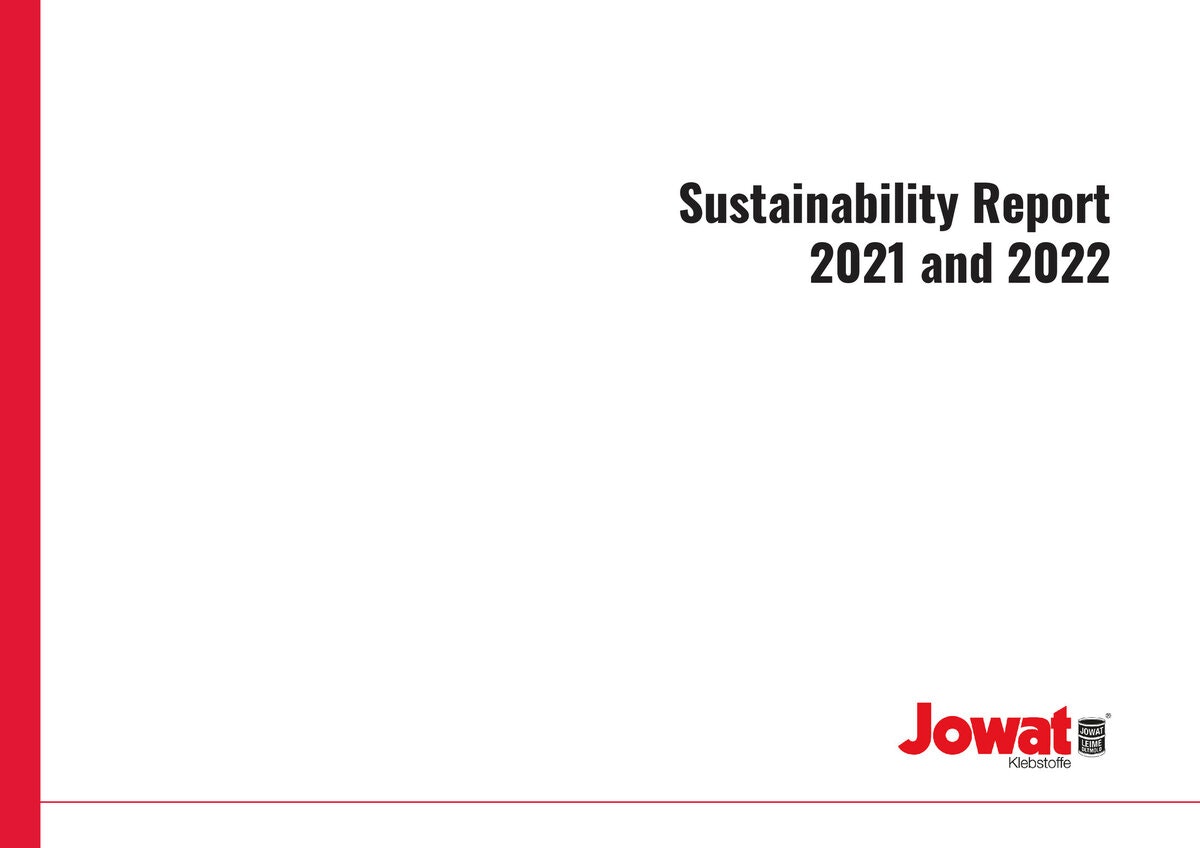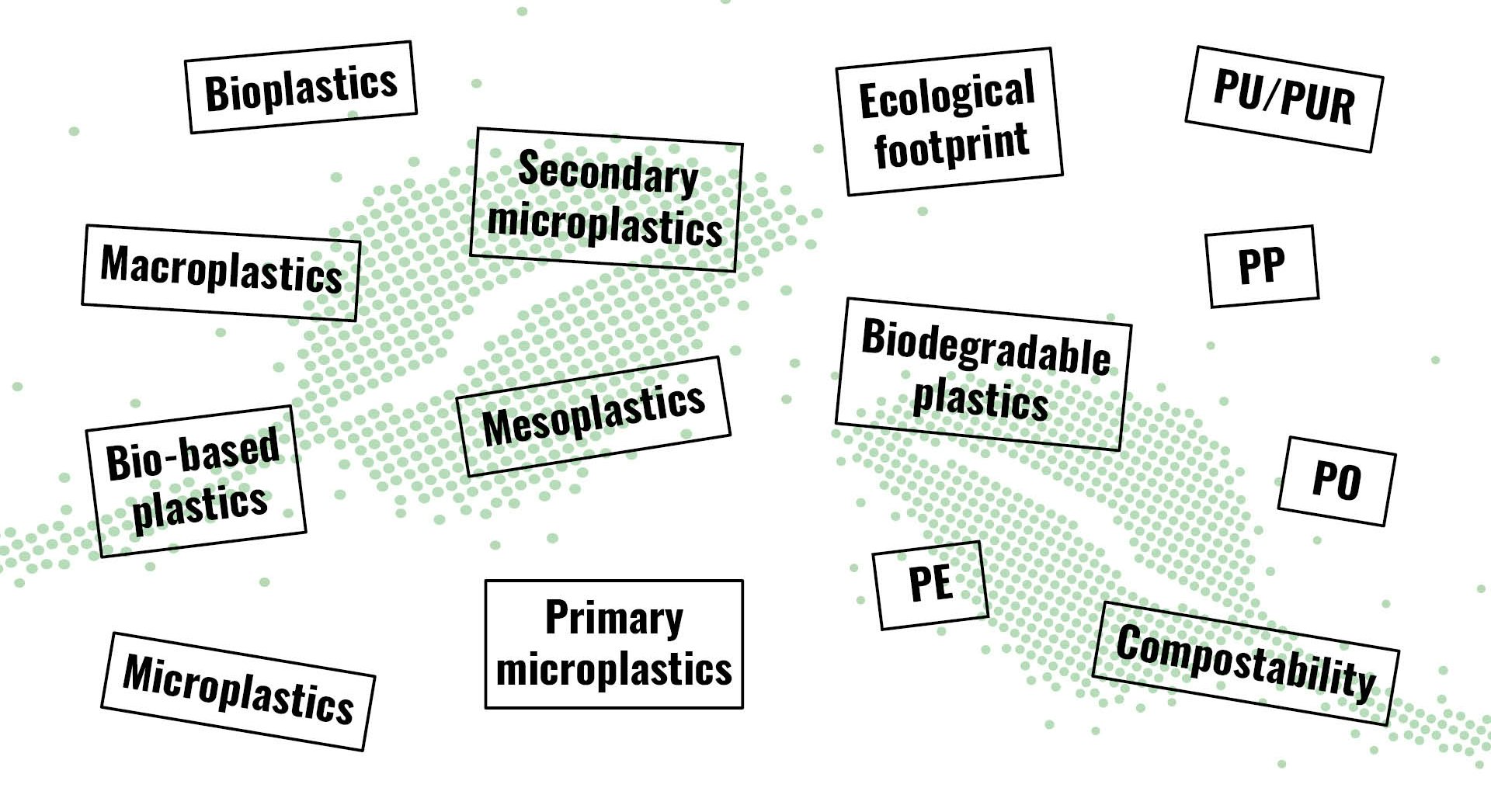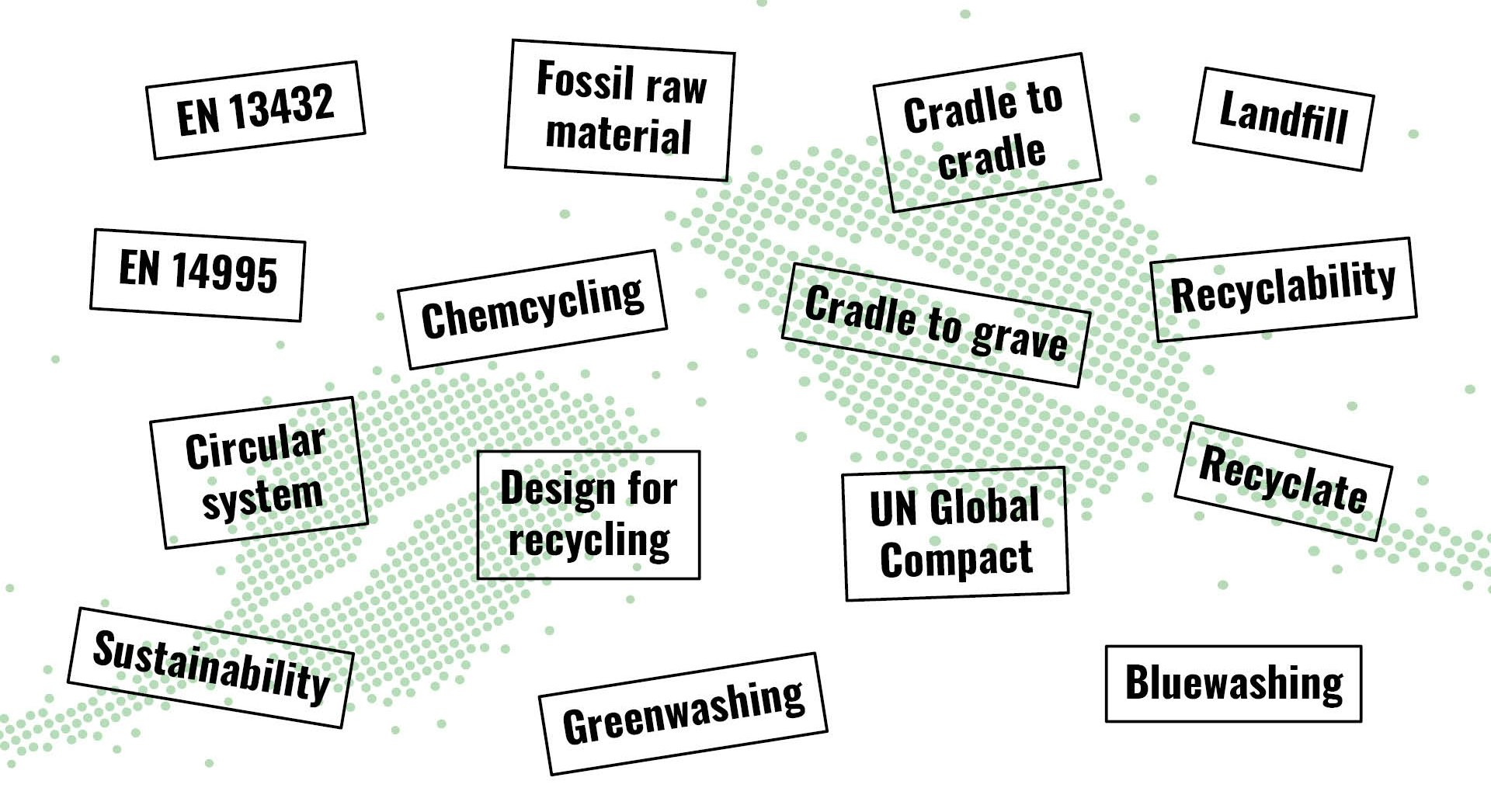Sustainability Report
We act in accordance with the principles of sustainability and are committed to a future-compatible development. Not only because ecological and social issues are a dangerous risk.
Our sustainability report provides an overview of the contributions made by the Jowat Group to the United Nations’ Sustainable Development Goals (SDGs) in the years 2021 and 2022.
In this publication, we examine our impact in regard to social, ecological and economic aspects and explain the concepts we have drawn up and what measures we have taken with respect to the matter.


Electronic version of the Sustainability Report*
*This Sustainability Report follows the framework of the Global Reporting Initiative (GRI). This Sustainability Report covers the two fiscal years from January 1, 2021, to December 31, 2022, and, where possible, includes the comparative data from the previous year or years. Our sustainability reports are published in regular intervals. The next sustainability report scheduled to be published by Jowat SE will cover the fiscal years 2023 and 2024.
You can download the sustainability report here: "Sustainability Report 2021 and 2022".
International Sustainability & Carbon Certification (ISCC)
Jowat receives ISCC PLUS certification
Jowat SE has now been accredited with an ISCC PLUS (International Sustainability and Carbon Certification) certification for its German manufacturing locations in Detmold and Elsteraue. ISCC PLUS is a global certification system for circular economy. Its goal is the traceability of recycled materials. The basis of the assessment is the mass balance method.
With this voluntary participation in the mass balancing process of sustainable (non-fossil) materials, we continue to express our sustainability efforts. In order to be able to prove this, we undertake to comply with the ISCC requirements in the future.
You can download the certificate here:

Codes of Conduct Along the Supply Chain
Code of conduct for suppliers and service providers to the Jowat group:
Information on codes of conduct as well as social and environmental requirements along the supply chain for customer inquiries:
Sustainable or not?
Sustainable, bio-based or maybe biodegradable? Aren’t they all just the same? The topic of sustainability has given rise to a vocabulary all of its own, but the terms are far from synonymous. Here, Jowat sheds some light on the world of green language.

| Bioplastics | Another term for bio-based, biodegradable, or biodegradable and bio-based plastics. |
| Macroplastics | This term refers to large plastic parts measuring 200 to 500 millimetres in size. This mainly covers plastic waste from the beach or from industry. |
| Bio-based plastics | These are made from renewable raw materials such as cellulose or vegetable oils rather than petroleum. Bio-based raw materials also form the basis of the Jowatherm® GROW product range. |
| Microplastics | This term refers to plastic particles of no larger than 5 millimetres in size. Microplastics floating in the sea are a particular problem, as plants and animals absorb the plastic. Microplastics can also enter the human body through the food chain. |
| Secondary microplastics | Arises during the use phase due to abrasion or weathering. If plastic waste such as packaging, plastic bags or bottles ends up in the environment and fragments there, it is classified as secondary microplastic. |
| Mesoplastics | These are plastic parts measuring 5 to 200 millimetres in size. |
| Primary microplastics | Industrially produced plastic particles whose loss is consciously accepted or caused by carelessness. These include microbeads in cosmetics or plastic pellets. |
| Ecological footprint | This term refers to the biologically productive area on earth that is necessary to sustain a person’s lifestyle and standard of living. This refers to land that is needed for the production of food or the provision of energy, as well as for the decomposition of waste produced or for binding released carbon dioxide. |
| Biodegradable plastics | Under certain conditions, these plastics can be decomposed by enzymes, fungi or bacteria. This degradation usually takes place in industrial plants, but not in domestic compost. Bio-based plastics are not automatically biodegradable, and biodegradable plastic does not necessarily have to be bio-based. |
| PE | Abbreviation for polyethylene, the most commonly used plastic worldwide (mainly for packaging). |
| PU/PUR | The abbreviation for polyurethane. Serves as casting resin, (textile) fibre, polyurethane varnish or adhesive, but most often used as foam. |
| PP | Abbreviation for polypropylene, a thermoplastic. Its properties are similar to those of polyethylene, but it is somewhat harder and more heat-resistant. |
| PO | Abbreviation for polyolefins. These plastics are characterised by their strong chemical resistance and electrical insulation properties. |
| Compostability | The ability of a product to rot and decompose under certain conditions. This is usually possible under conditions of industrial composting, where conditions are different from those in home compost (featuring higher temperatures, for example). |
| Bioplastics | Another term for bio-based, biodegradable, or biodegradable and bio-based plastics. |
| Macroplastics | This term refers to large plastic parts measuring 200 to 500 millimetres in size. This mainly covers plastic waste from the beach or from industry. |
| Bio-based plastics | These are made from renewable raw materials such as cellulose or vegetable oils rather than petroleum. Bio-based raw materials also form the basis of the Jowatherm® GROW product range. |
| Microplastics | This term refers to plastic particles of no larger than 5 millimetres in size. Microplastics floating in the sea are a particular problem, as plants and animals absorb the plastic. Microplastics can also enter the human body through the food chain. |
| Secondary microplastics | Arises during the use phase due to abrasion or weathering. If plastic waste such as packaging, plastic bags or bottles ends up in the environment and fragments there, it is classified as secondary microplastic. |
| Mesoplastics | These are plastic parts measuring 5 to 200 millimetres in size. |
| Primary microplastics | Industrially produced plastic particles whose loss is consciously accepted or caused by carelessness. These include microbeads in cosmetics or plastic pellets. |
| Ecological footprint | This term refers to the biologically productive area on earth that is necessary to sustain a person’s lifestyle and standard of living. This refers to land that is needed for the production of food or the provision of energy, as well as for the decomposition of waste produced or for binding released carbon dioxide. |
| Biodegradable plastics | Under certain conditions, these plastics can be decomposed by enzymes, fungi or bacteria. This degradation usually takes place in industrial plants, but not in domestic compost. Bio-based plastics are not automatically biodegradable, and biodegradable plastic does not necessarily have to be bio-based. |
| PE | Abbreviation for polyethylene, the most commonly used plastic worldwide (mainly for packaging). |
| PU/PUR | The abbreviation for polyurethane. Serves as casting resin, (textile) fibre, polyurethane varnish or adhesive, but most often used as foam. |
| PP | Abbreviation for polypropylene, a thermoplastic. Its properties are similar to those of polyethylene, but it is somewhat harder and more heat-resistant. |
| PO | Abbreviation for polyolefins. These plastics are characterised by their strong chemical resistance and electrical insulation properties. |
| Compostability | The ability of a product to rot and decompose under certain conditions. This is usually possible under conditions of industrial composting, where conditions are different from those in home compost (featuring higher temperatures, for example). |

| EN 13432 | European standard for the successful degradability of a product in water bodies or compost. |
| EN 14995 | European standard with test scheme and specifications for assessing the compostability of plastics. |
| Circular system | Products are disposed of or recycled in such a way that they can be reintroduced into the production process, for example in the form of recyclate. |
| Sustainability | Describes the long-term effect of an action. In the recent past, it has primarily been seen an action principle for resource or environmental conservation. |
| Fossil raw material | Natural carbon deposits stored in the earth in solid (coal), liquid (petroleum) or volatile form (natural gas). |
| Chemcycling | Chemical recycling of plastic waste. Intended to facilitate the recycling of even mixed or contaminated plastics. |
| Design for recycling | Packaging is planned and designed so that it can be recycled in the best possible way after use. This is done, for example, through the use of mono-materials or the possibility of easily separating different materials. |
| Greenwashing | PR methods aimed at giving a company an environmentally friendly and responsible image in the public eye without sufficient basis. |
| Cradle to cradle | This describes a consistent closed-loop system of a biological or technical nature in which raw materials are returned to their origin and waste is avoided. |
| Cradle to grave | Materials are only used once and end up as waste in landfill or incineration. |
| UN Global Compact | A worldwide pact concluded between companies and the United Nations to make globalisation more social and ecological. It focuses on upholding and strengthening human rights. |
| Landfill | Long-term or final storage site for waste. |
| Recyclability | The recyclability of a product or packaging is defined by the existing sorting and recovery infrastructure, the material composition and the possibility of separation. |
| Recyclate | Material obtained from recycled products and reused in the production process. |
| Bluewashing | Glossing over corporate social activities with reference to the UN Global Compact. Nevertheless, there are no binding agreements and independent controls for compliance with the Global Compact. |
| EN 13432 | European standard for the successful degradability of a product in water bodies or compost. |
| EN 14995 | European standard with test scheme and specifications for assessing the compostability of plastics. |
| Circular system | Products are disposed of or recycled in such a way that they can be reintroduced into the production process, for example in the form of recyclate. |
| Sustainability | Describes the long-term effect of an action. In the recent past, it has primarily been seen an action principle for resource or environmental conservation. |
| Fossil raw material | Natural carbon deposits stored in the earth in solid (coal), liquid (petroleum) or volatile form (natural gas). |
| Chemcycling | Chemical recycling of plastic waste. Intended to facilitate the recycling of even mixed or contaminated plastics. |
| Design for recycling | Packaging is planned and designed so that it can be recycled in the best possible way after use. This is done, for example, through the use of mono-materials or the possibility of easily separating different materials. |
| Greenwashing | PR methods aimed at giving a company an environmentally friendly and responsible image in the public eye without sufficient basis. |
| Cradle to cradle | This describes a consistent closed-loop system of a biological or technical nature in which raw materials are returned to their origin and waste is avoided. |
| Cradle to grave | Materials are only used once and end up as waste in landfill or incineration. |
| UN Global Compact | A worldwide pact concluded between companies and the United Nations to make globalisation more social and ecological. It focuses on upholding and strengthening human rights. |
| Landfill | Long-term or final storage site for waste. |
| Recyclability | The recyclability of a product or packaging is defined by the existing sorting and recovery infrastructure, the material composition and the possibility of separation. |
| Recyclate | Material obtained from recycled products and reused in the production process. |
| Bluewashing | Glossing over corporate social activities with reference to the UN Global Compact. Nevertheless, there are no binding agreements and independent controls for compliance with the Global Compact. |

